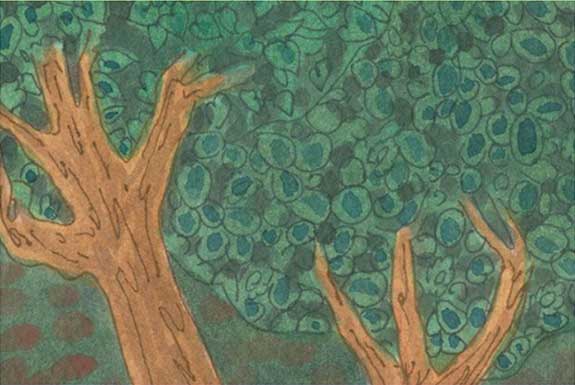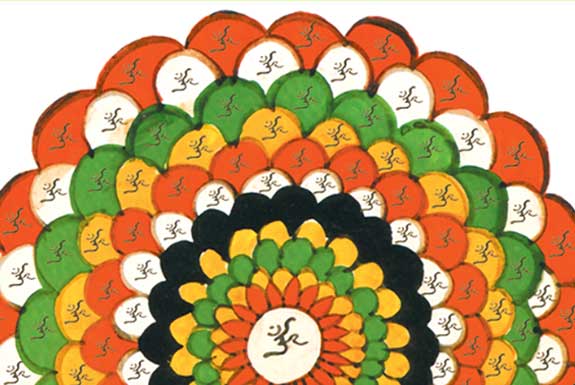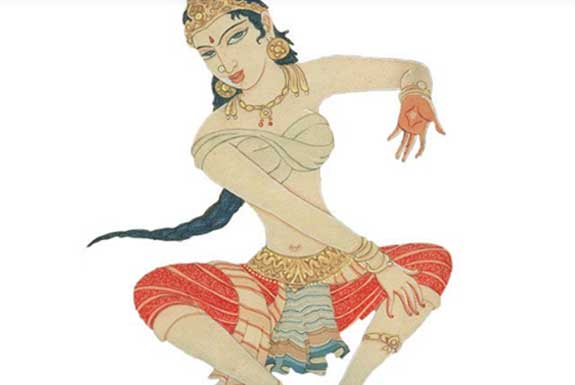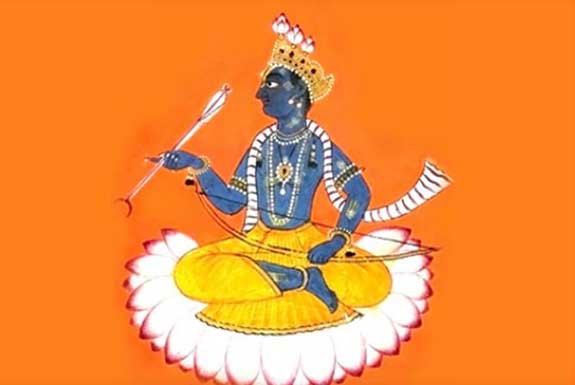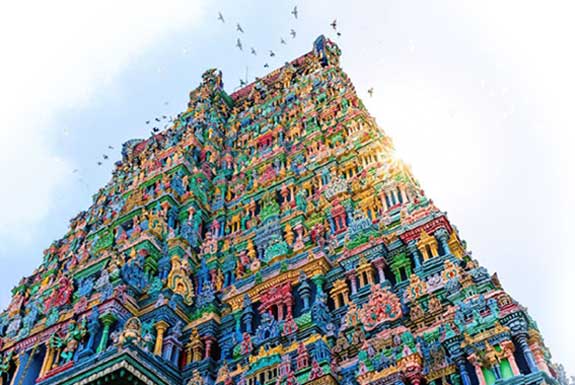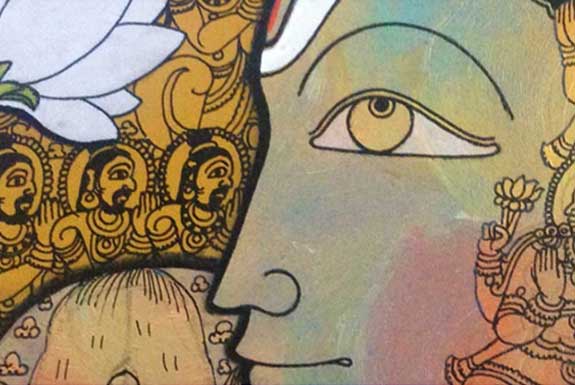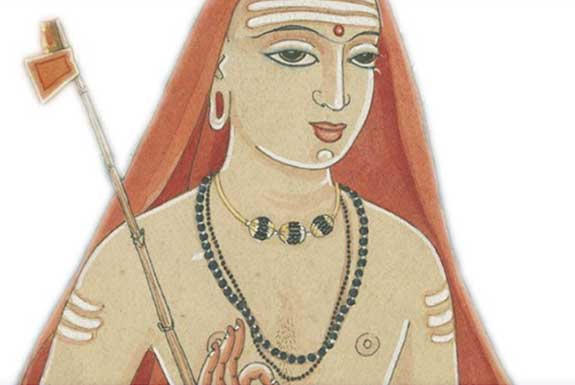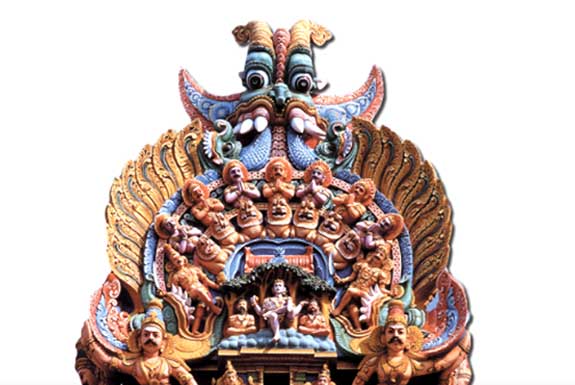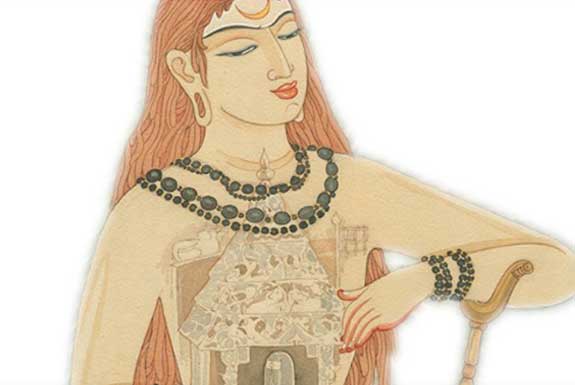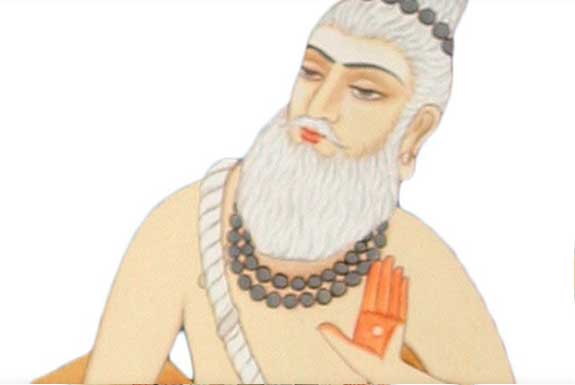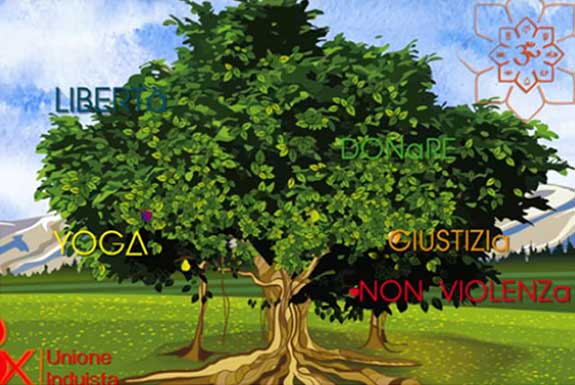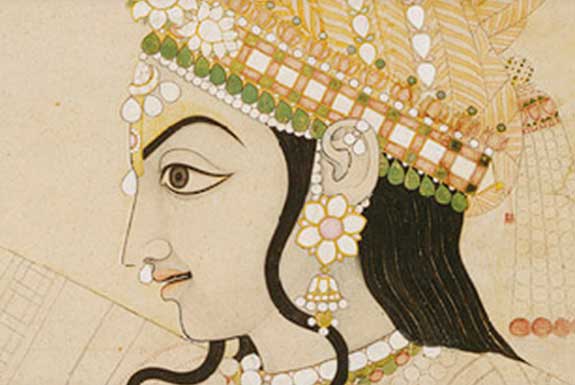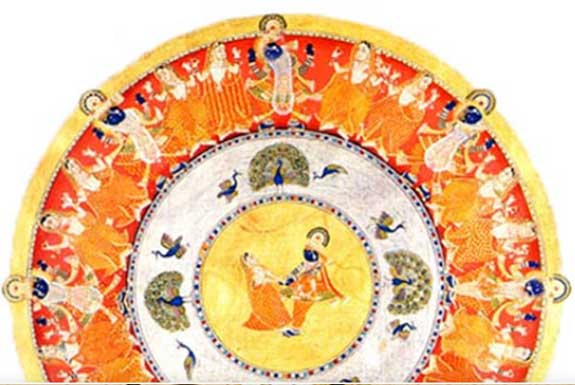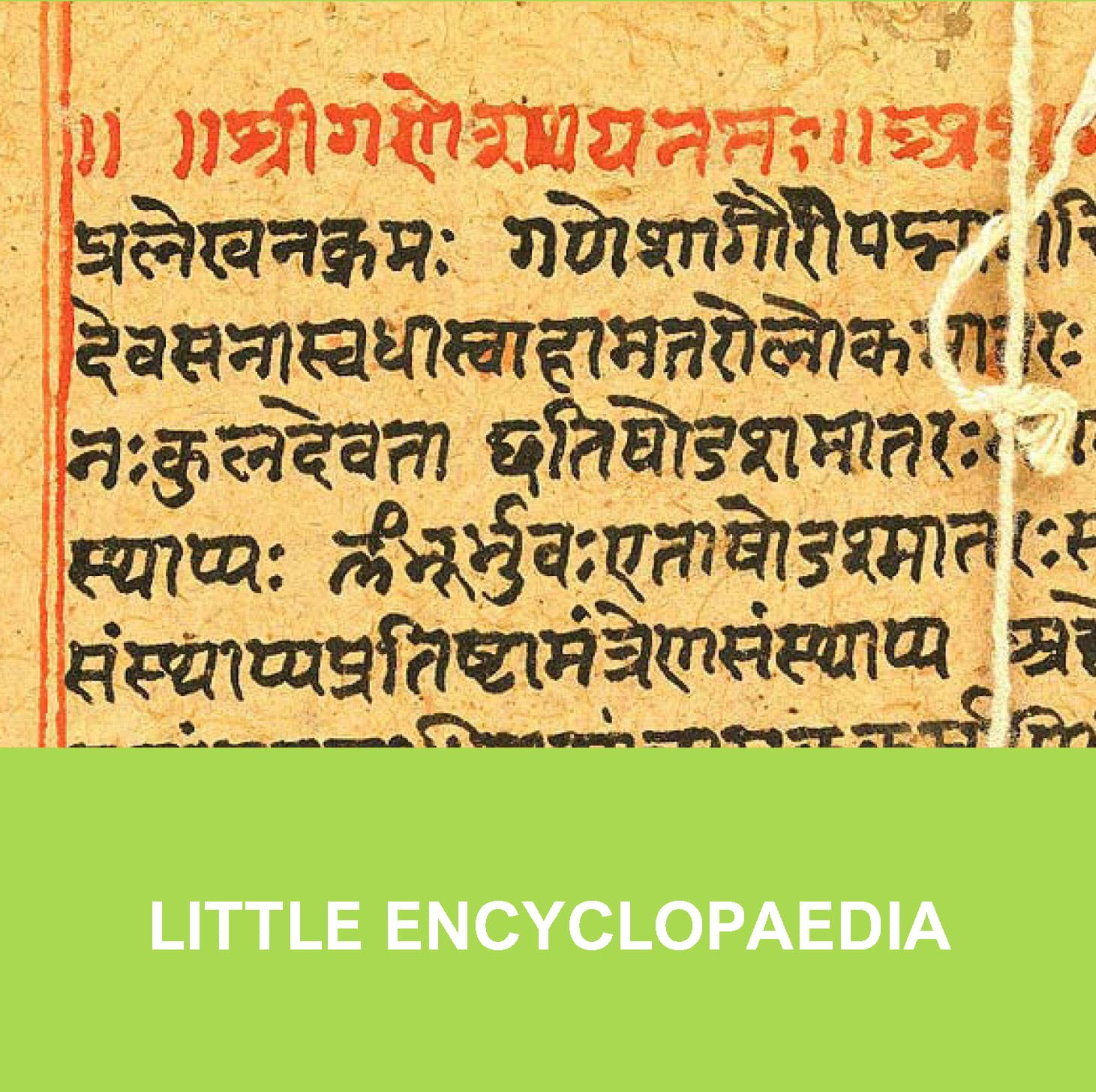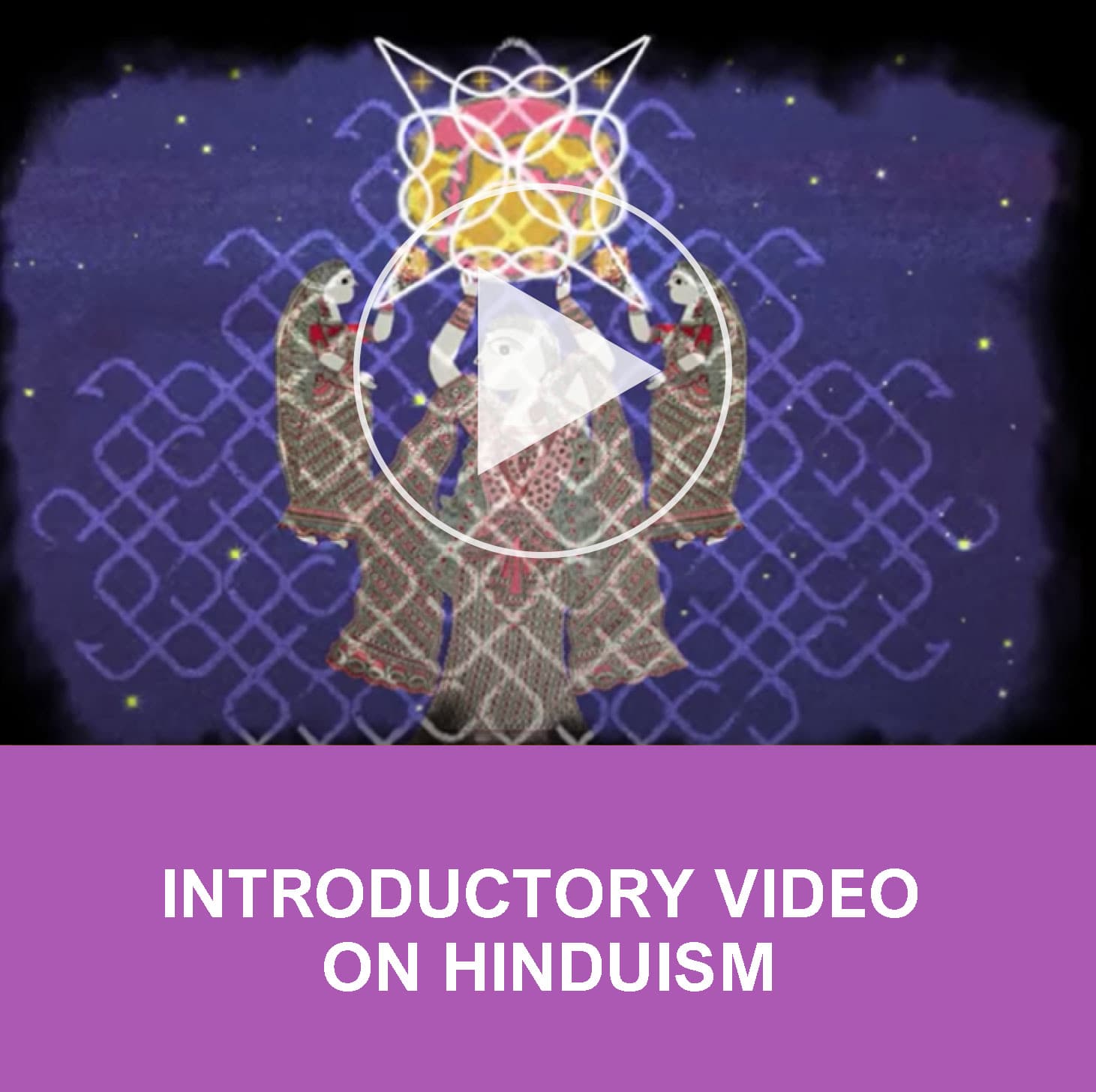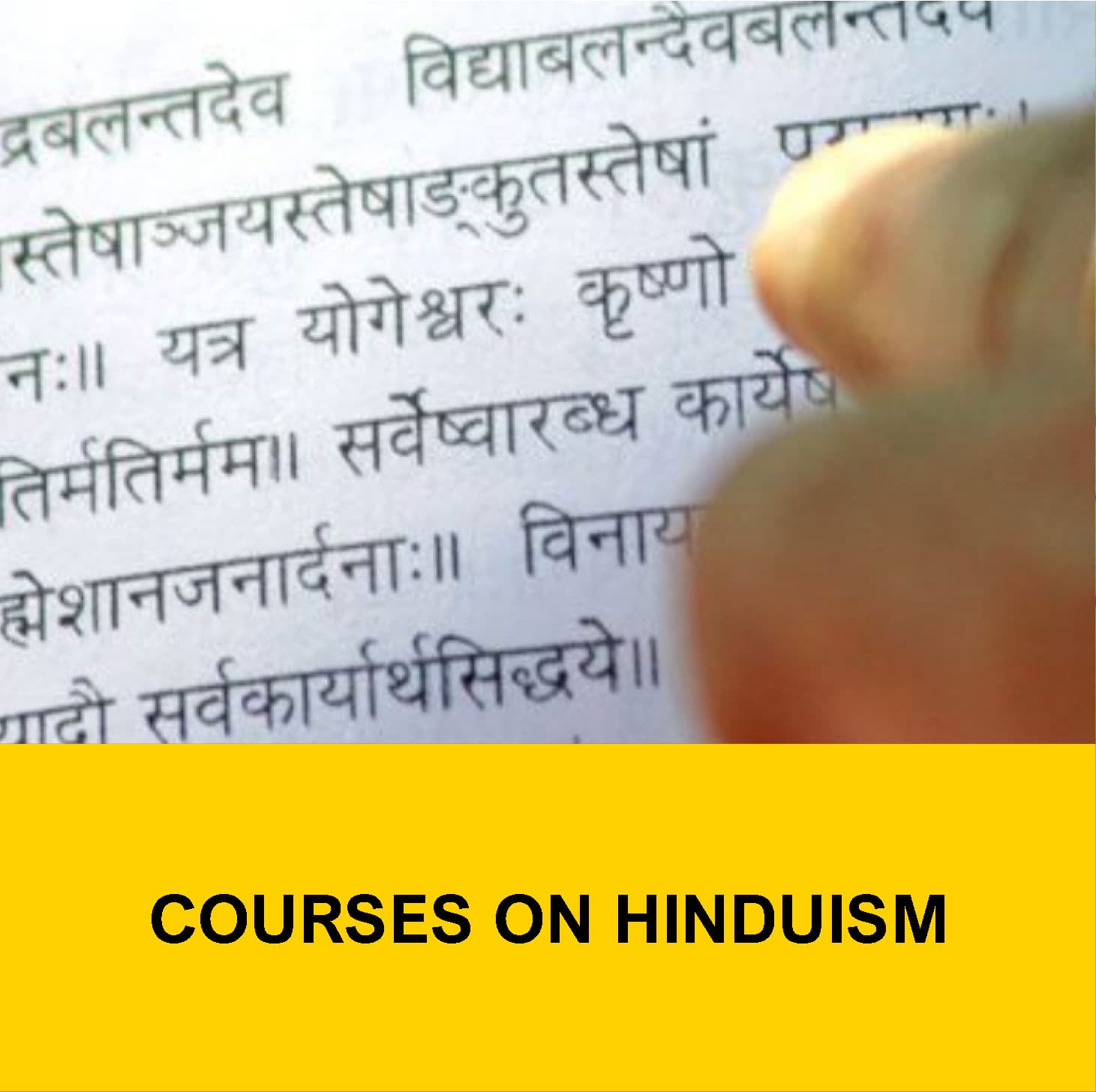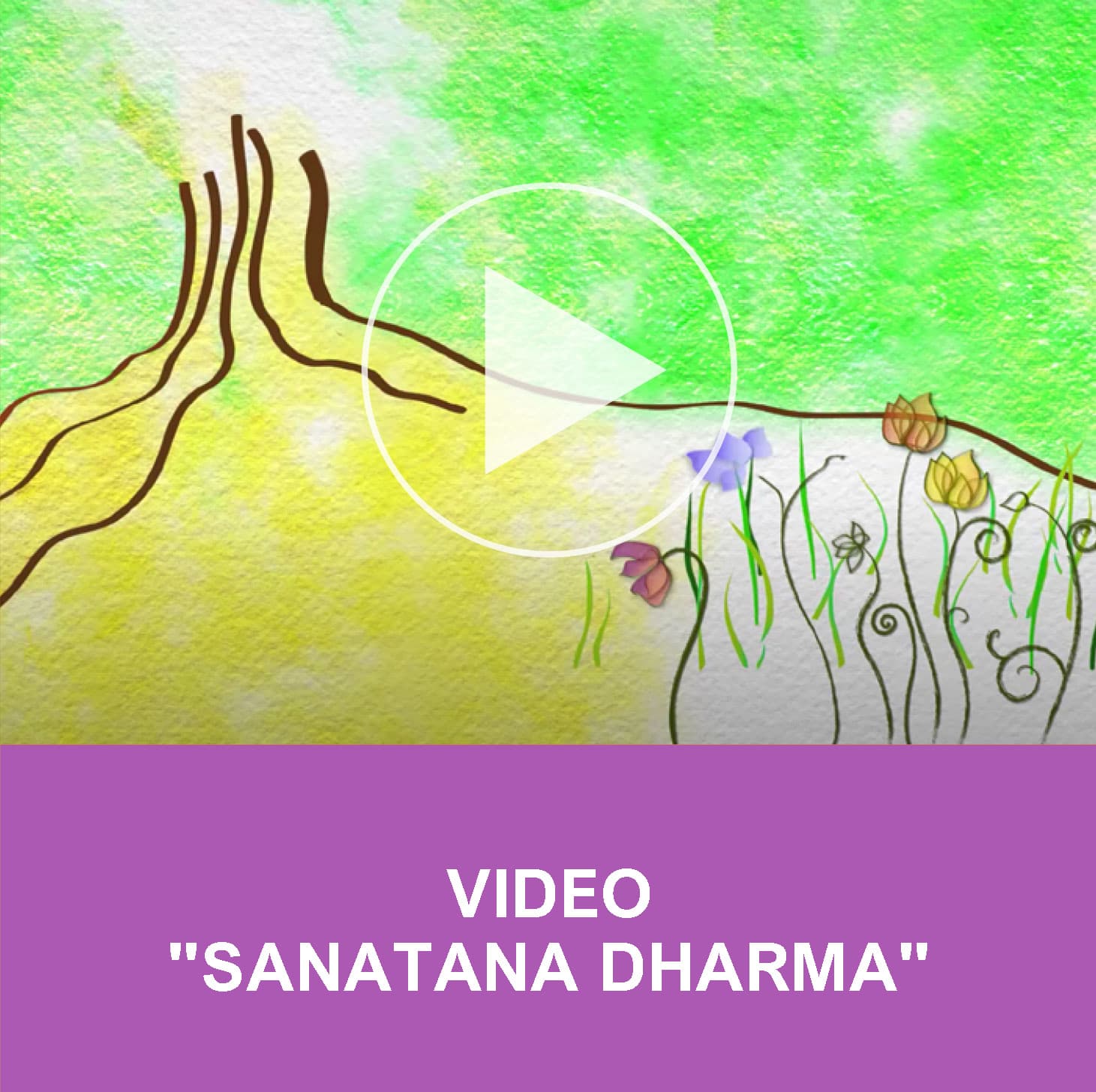LITTLE ENCYCLOPAEDIA
HINDU MONASTICISM
Anciently, ascetics represented the highest ethical and spiritual values of Indian society; even today they enjoy great respect and veneration and are accepted by the community as spiritual authorities.
Although Hindu monasticism was codified after Buddhism, the quest for God by withdrawal from the world and the practice of asceticism have their deep roots in the Scriptures since the dawn of time. They contain the terms and myths that define various types of ascetics. These include: muni (the silent sage), yati (the self-controlled), sadhu (the sage, the one who directly reaches the goal), tyagi (the wandering renouncer), avadhuta (the naked spiritual seeker), yogi (the seeker of unity) and svami (the master of the spiritual path). These terms are often used in a broad sense, without being referred to a specific tradition.
The title of svami indicates those who have received religious ordination within a monastic religious order. The term svami is used with various meanings: lord, authority, master, but the most widespread and important is undoubtedly in the religious sense. In fact, this title is attributed with respect to monks belonging to the various orders, highlighting its metaphysical meaning which indicates lordship, control over one’s own nature. A svami, therefore, is one who controls body, mind and spirit.
In the Veda itself we find the prototype of the monk in the figure of the rishi. In several hymns of the Rig-Veda, the concept of tapas, “fire”, “asceticism or austerity”, that characterize a sage, a rishi, is expressed.
The rishi would generally practice their religious austerities in their hermitages or in their ashrams; some of them may have been householders, others practiced chastity, sacrifice, asceticism and renunciation.
Alongside the rishi, there was another category of ascetics known as muni. They would live in constant contemplation. They dressed in ochre coloured clothes, practiced austerities, meditated, led a virtuous and solitary life, practiced silence. Highlighting the practice of non-violence, ahimsa, they avoided harming any living being.
Naturally, over time, these spiritual attitudes merged one into the other. The munis gave rise to those movements that were subsequently reorganized or codified by Adi Shankara in the ten orthodox monastic orders, Dashanami, the samnyasin movement, and from them came those mystical disciplines that gave rise to the asceticism of yoga. They preferred the contemplative life to the sacrificial ritual that was, on the contrary, the rishis’ main prerogative.
Shankara established 4 monasteries, matha, in correspondence with the 4 cardinal points of India:
Jyotir-matha near Badari, to the North;
Kalika-matha in Dvaraka, to the West;
Govardhana-matha in Puri, to the East;
Shringeri Sharadapitha in Shringeri, to the South.
Each group of ascetics has particular distinctive signs. As a sign of renunciation, members of some of the dashanami orders shave their beards and hair on the day of the full moon, while others wear beards and long hair. They dress in a colour ranging from ochre yellow to saffron and orange; there are exceptions, some dress in white, others in red depending on the tradition to which they belong. White, in general, is also used in the period of the novitiate, and red by some shakta currents.
The shaiva ascetics wear a rosary-necklace (mala) of rudraksha seeds (elaeocarpus ganitrus), sometimes they carry a stick, a vase for water and an animal skin on their shoulders, they have the sign of the three horizontal lines, tripundra, distinctive of Shiva, on their forehead.
Vaishnava ascetics wear a tulasi wood rosary-necklace (ocymum sanctum) and they have a U-shaped vertical sign on their foreheads, formed by two white lines that enclose a red and black dot or another red or white line.
Over the centuries various orders of ascetics rose, some monastic, others not.


